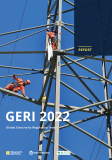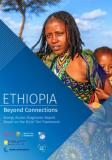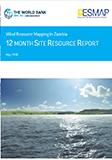Publications
The region’s primary energy demand is expected to continue to grow at an annual rate of 1.9 percent through 2035, requiring a significant increase in capacity. Investments have not been rising fast enough to meet those expectations. The main point of this report is to provide quantitative evidence of how improving utility management and more accurately targeting smaller subsidies would free up enough resources to make the needed investments and operate the sector at a lower cost. These management and policy changes would make electricity production and consumption more affordable for the region’s taxpayers and could even make it more affordable for the poorest. They would also ease the transition toward renewable energy sources, reducing the dependency on imports for some economies and, for the economies that export oil and gas, extending the asset life of their nonrenewable resources.
Camos, Daniel; Bacon, Robert; Estache, Antonio; Hamid, Mohamad M. 2018. Shedding Light on Electricity Utilities in the Middle East and North Africa: Insights from a Performance Diagnostic. Directions in Development—Energy and Mining. Washington, DC: World Bank. © World Bank. https://openknowledge.worldbank.org/handle/10986/28684 License: CC BY 3.0 IGO.


